7 Comedy Films Suitable for Learning English, with Relaxed and Easy-to-Understand Dialogues
KLovers, let's take a look at the recommendation of 7 comedy films that are perfect for learning English in a relaxed and super fun way!
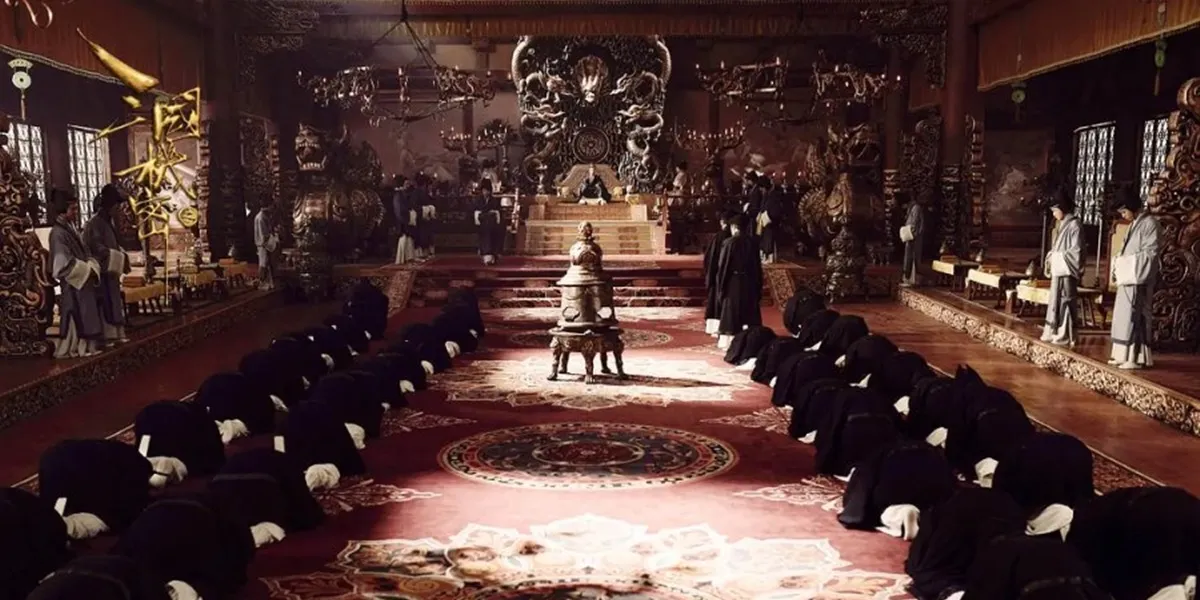
Kapanlagi.com - History of China has been one of the most interesting topics for researchers and the general public. This civilization, which developed thousands of years ago, is known for its dynastic system of government that has lasted for generations.
From prehistoric times to the modern era, power in China has often shifted from one dynasty to another. These transitions are not just changes in rulers but also have significant impacts on culture, science, and the philosophy of life of its people.
Many wonder how many dynasties have actually ruled in China and what their order is. According to historical records, there are 13 main dynasties that held power from around 2070 BC to 1912 AD.
Find more news related to Chinese history at Liputan6.com.
The Xia Dynasty is referred to as the first dynasty in Chinese history, established around 2070 BC. Its first emperor was Yu the Great, famous for his efforts to control the great floods that frequently damaged agricultural lands.
Although archaeological evidence is limited, the Xia Dynasty is considered the early foundation of the hereditary monarchy system in China. This period became the precursor to the development of political and social traditions in China.
After the Xia, the Shang Dynasty (1600-1046 BC) is known as the first dynasty with strong archaeological evidence. Its territory extended along the Yellow River, with 31 kings ruling for more than 500 years.
This dynasty introduced a calendar system, early Chinese writing, as well as advancements in astronomy and art. King Tang, its first ruler, is remembered as the founder of Shang's glory.
The Zhou Dynasty (1046-256 BC) is recorded as the longest dynasty, ruling for almost eight centuries. During this time, major philosophical schools emerged such as Confucianism, Taoism, and Mohism.
Additionally, the Zhou introduced the concept of the Mandate of Heaven, a spiritual legitimacy for the king to rule. However, the power of this dynasty eventually weakened as it entered the Warring States Period.
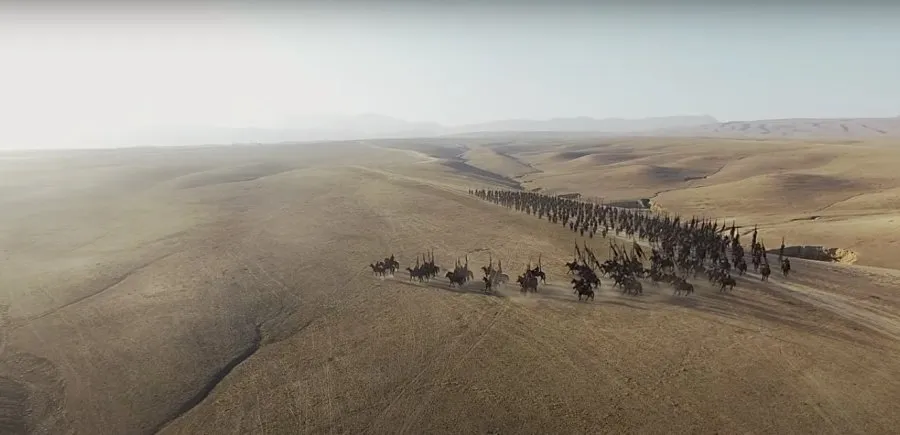
The sequence of Chinese dynasties from Xia to Qing is explained in detail (credit:mydramalist)
The Qin Dynasty (221-206 BC) is famous for unifying the entire territory of China for the first time. Emperor Qin Shi Huang built the Great Wall of China as a symbol of defense and national unity.
However, the Qin is also remembered for its harsh policies, such as the burning of books and the live burial of Confucian scholars. Although short-lived, the Qin paved the way for the imperial system.
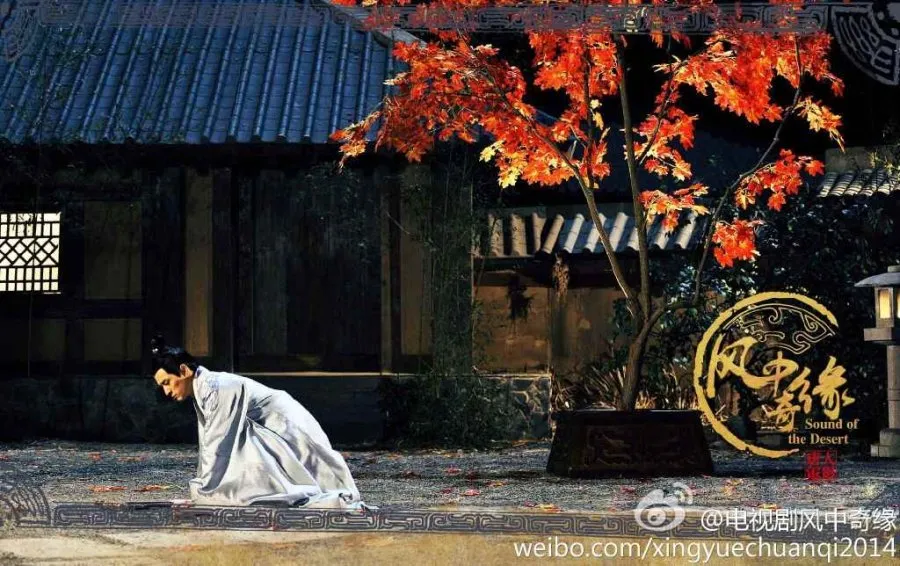
The sequence of Chinese dynasties from Xia to Qing is explained in detail (credit:weibo)
The Han Dynasty (206 BC-220 AD) is considered a golden age in Chinese history. The Han Emperor opened the Silk Road, a land trade route connecting China with Europe.
During this time, Confucianism flourished, as did the arts, literature, and sciences. Important inventions such as paper and porcelain emerged during this era.
After the fall of the Han, China entered a period known as the Six Dynasties (220-589 AD). This period includes the Three Kingdoms, Jin Dynasty, and the Northern and Southern Dynasties.
Political turmoil caused the center of government to move to Jianye (now Nanjing). Despite being fraught with conflict, this period gave rise to cultural innovations and military strategies.

The sequence of Chinese dynasties from Xia to Qing is explained in detail (credit: weibo)
The Sui Dynasty (581-618 AD) ruled briefly but left a significant legacy. One of its achievements was the construction of the Grand Canal, which connected the northern and southern regions.
Additionally, the Sui Dynasty strengthened its military to become one of the largest in the world at that time. However, internal conflicts led to its rapid downfall.

The sequence of Chinese dynasties from Xia to Qing is explained in detail (credit:mydramalist)
The Tang Dynasty (618-907 AD) is referred to as a golden age of art, culture, and technology in China. During the reign of Emperor Xuanzong, China became the largest and most populous country in the world.
The Tang Dynasty also produced Wu Zetian, the only female emperor in Chinese history. From poetry to science, the Tang Dynasty left a legacy that is still studied today.
After the Tang dynasty fell, China was once again divided during the Five Dynasties period in the north and the Ten Kingdoms in the south (907-960 AD). This era was marked by incessant power struggles.
Despite being filled with conflict, this period paved the way for reunification under the Song Dynasty.
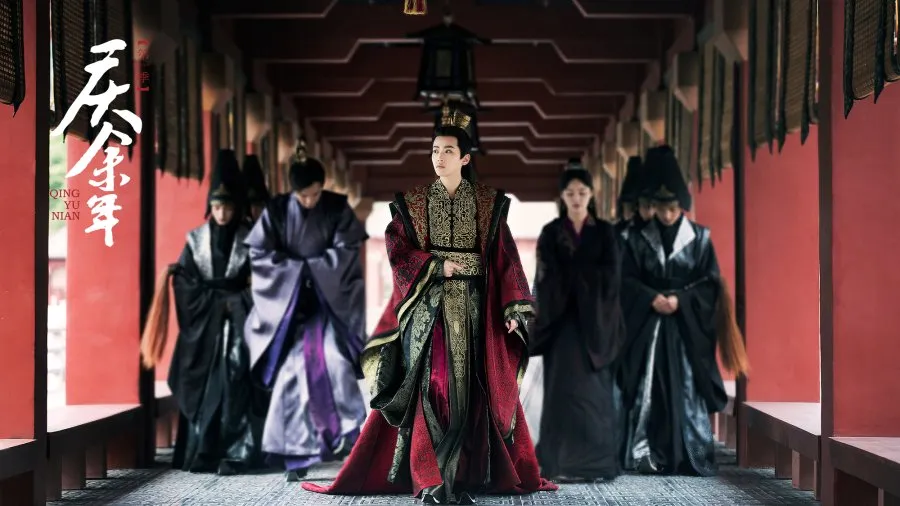
The sequence of Chinese dynasties from Xia to Qing is explained in detail (credit:mydramalist)
The Song Dynasty (960-1279 AD) is known for various important inventions, such as gunpowder, printing, paper money, and the compass. Emperor Taizu successfully reunited China after a period of division.
However, the Song Dynasty eventually fell to the Mongols, who then established the Yuan Dynasty.
The Yuan Dynasty (1279-1368 AD) was established by Kublai Khan, the grandson of Genghis Khan. The Yuan is known as the first foreign dynasty to rule over the entire territory of China.
Although it lasted only about a century, the Yuan became an important part of the Mongol Empire that stretched from Asia to Europe.

The sequence of Chinese dynasties from Xia to Qing is explained in detail (credit: mydramalist)
The Ming Dynasty (1368-1644 AD) is the last dynasty led by the Han people. During this period, the construction of the Great Wall of China was completed to its present form.
The Ming is also known for its extensive maritime trade and world-renowned porcelain artworks. However, internal rebellions led to the collapse of this dynasty.
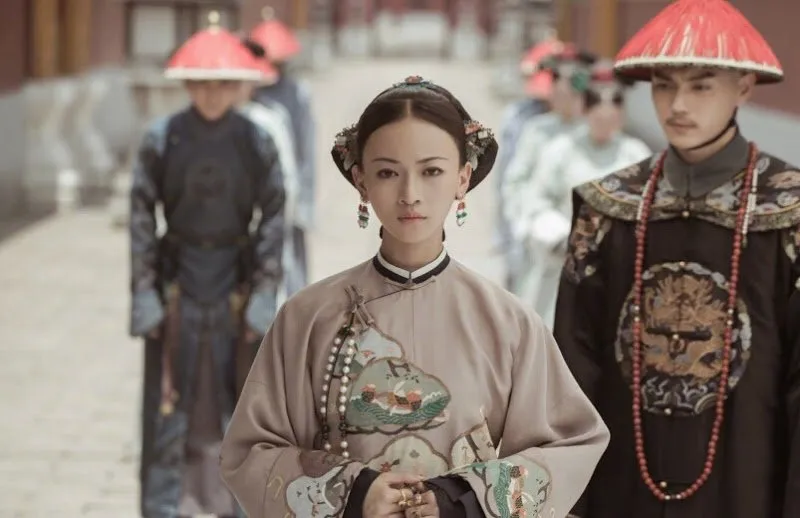
The sequence of Chinese dynasties from Xia to Qing is explained in detail (credit: mydramalist)
The Qing Dynasty (1644-1912 AD) is the last dynasty in Chinese history. This dynasty originated from the Manchu people, thus it is referred to as a foreign dynasty.
The Qing briefly became the fourth largest empire in the world. However, in 1912, this dynasty collapsed due to the Xinhai Revolution, marking the birth of the Republic of China.
Q: How many dynasties have existed in China?
A: There are 13 major dynasties that ruled from the Xia Dynasty (2070 BC) to the Qing Dynasty (1912 AD).
Q: What is the first dynasty in China?
A: The Xia Dynasty is considered the first dynasty in Chinese history.
Q: What is the last dynasty in China?
A: The Qing Dynasty is the last dynasty before the Republic of China.
Come on, read other articles about Chinese history on Kapanlagi.com. If not now, when?
(kpl/vna)
Cobain For You Page (FYP) Yang kamu suka ada di sini,
lihat isinya
KLovers, let's take a look at the recommendation of 7 comedy films that are perfect for learning English in a relaxed and super fun way!
The anime DARK MOON: THE BLOOD ALTAR will premiere in January 2026 featuring renowned voice actors inspired by ENHYPEN.
Transformation of Yoona's profession in Korean dramas, recently as a palace chef in BON APPETIT, YOUR MAJESTY.
Check out the synopsis of the latest Chinese drama OVERDO filled with intrigue and tragic romance set in the Republic of China era.
KLovers, let’s dive deeper into the meaning of the song Godspeed by Frank Ocean, an emotional masterpiece from the album Blonde that touches the hearts of many listeners.
Check out the list of nominees for Best Actor at the 16th Korea Drama Awards that has everyone curious!
List of the highest-rated Korean dramas in 2025, BON APPETIT YOUR MAJESTY leads the rating competition.
A warm, beautiful, and emotional lineup of autumn-themed anime, perfect to watch as the leaves fall.
Check out the list of Nominees for Best Acting Actress at the 16th Korea Drama Awards 2025 that sparks curiosity!
Recommendations for short anime that can be finished in one night, perfect for an exciting marathon without wasting time.
Let's reminisce about the series of Korean dramas that went viral during the pandemic that kept us at home, KLovers. Here is the complete list with a brief synopsis and legal watching platforms.
Discover the profile of Park So Yi, a talented child actress from South Korea who dazzles in the entertainment world.